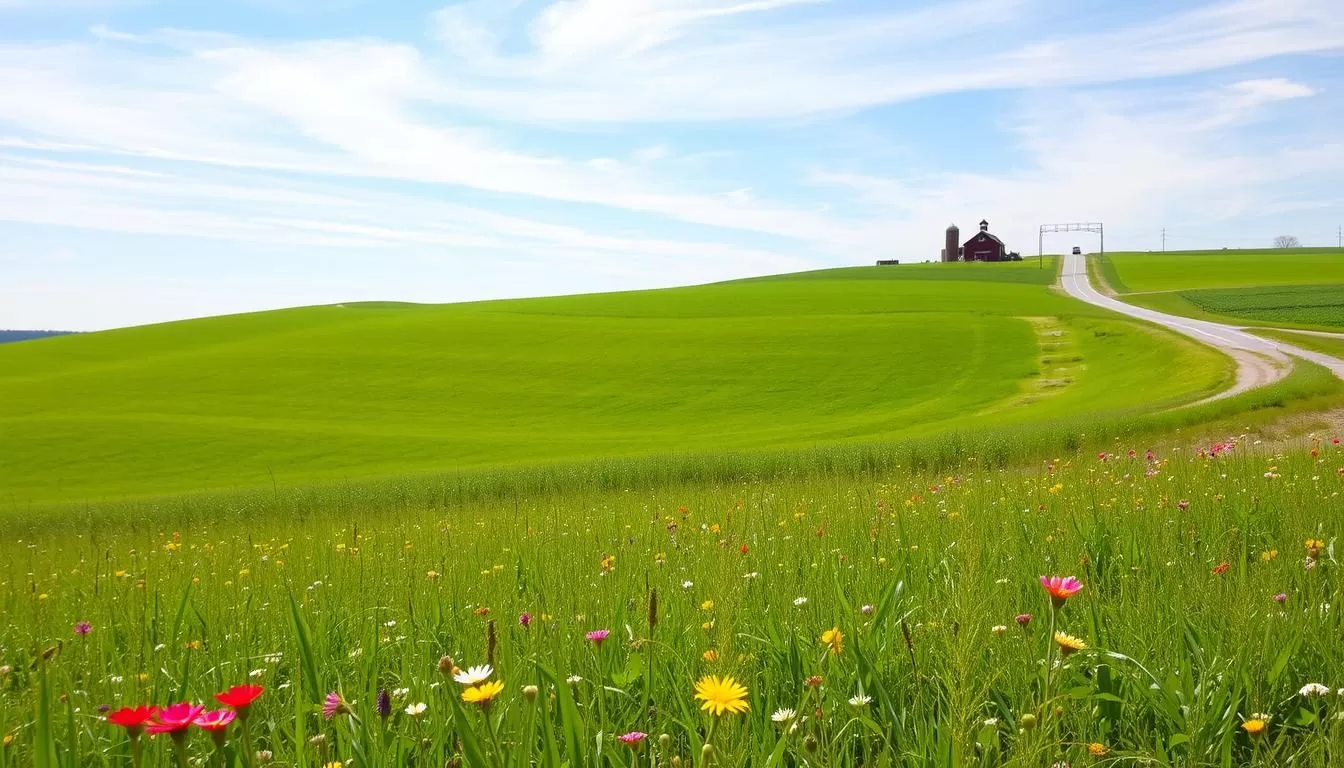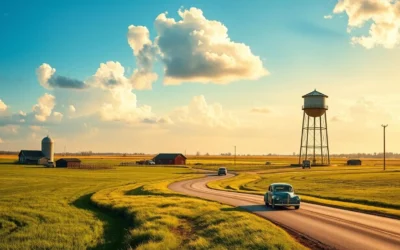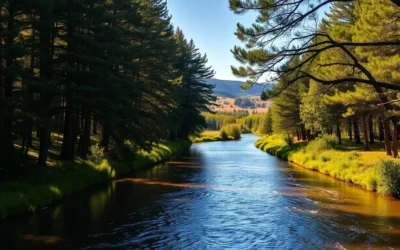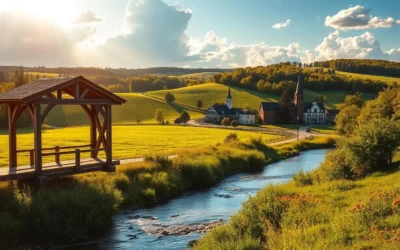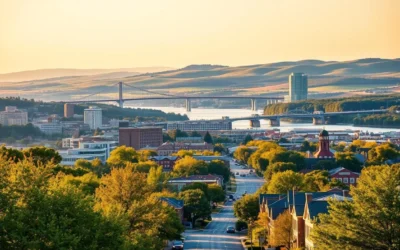Planning a trip to Iowa? The time you choose to visit can significantly impact your experience. With dramatic seasonal variations throughout the year, understanding Iowa’s climate patterns is crucial to making the most of your vacation.
As the seasons change, so do the weather conditions and the activities available. By September, the fall season brings pleasant daytime temperatures in the 70s (°F) and lower humidity levels, making it an ideal period to explore the state’s destinations.
Understanding the best time to visit Iowa will help you balance your budget with ideal weather conditions, ensuring a memorable trip. This guide will walk you through the unique experiences and travel considerations for each season.
Understanding Iowa’s Climate
Understanding Iowa’s climate is crucial for planning a trip that suits your weather preferences. Iowa’s location in the American Midwest means it experiences a humid continental climate, characterized by significant temperature fluctuations throughout the year.
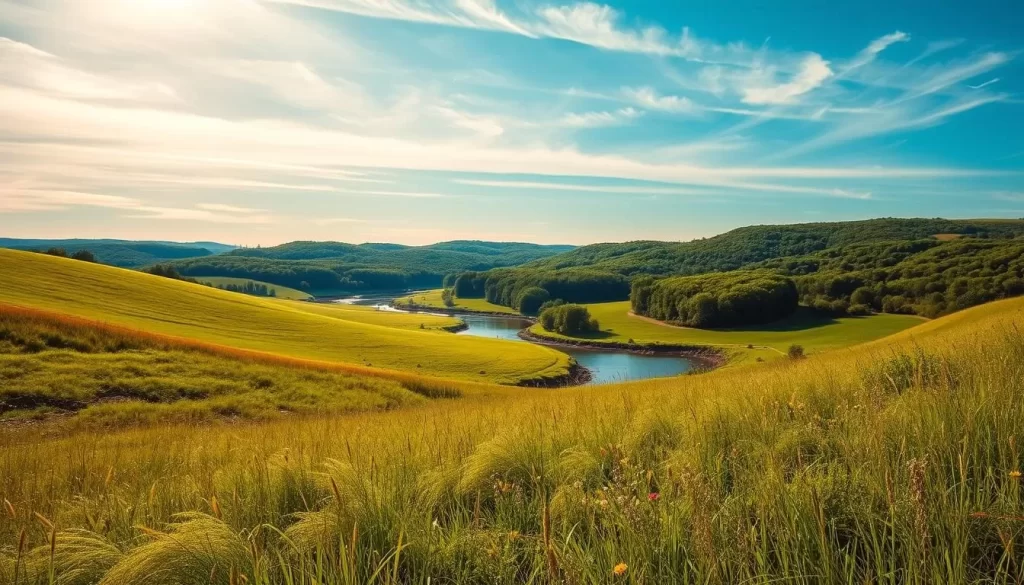
Humid Continental Climate Explained
Iowa’s humid continental climate is marked by four distinct seasons. This means you’ll encounter hot summers and cold, snowy winters, with spring and fall offering more moderate conditions. The state’s climate is influenced by its location in the Midwest, where cold Arctic air and warm, humid air from the Gulf of Mexico converge.
Seasonal Temperature Variations
The seasonal temperature variations in Iowa are quite pronounced. Summer temperatures can soar, while winters can be very cold. Spring and fall are transitional periods, with spring being a time of unpredictable weather and fall generally being mild and pleasant. Understanding these variations will help you plan your trip to Iowa during the best time for your preferences.
Summer in Iowa: Hot Days and Thunderstorms
As summer sets in, Iowa experiences a mix of sunny skies and thunderstorms. This season is characterized by hot days and pleasant nights, with temperatures often rising above 90 degrees Fahrenheit during the day.
Weather Patterns from May to August
Summer in Iowa is marked by high temperatures and humidity, with frequent rain and thunderstorms from May to August. Temperatures range from 70°F to 90°F, making it the rainiest season.
Summer Activities and Events
The Iowa State Fair, a premier summer event, takes place in August, featuring concerts, agricultural competitions, and food stalls. Other summer festivals and outdoor activities are also available.
Accommodation Prices and Tourism Peaks
Summer is the peak tourism season, with accommodation prices reaching $100-$180 per night. Popular attractions experience larger crowds during this time.
| Category | Description | Details |
|---|---|---|
| Weather | Hot and humid | Temperatures: 70°F – 90°F |
| Events | Iowa State Fair | Concerts, competitions, food |
| Tourism | Peak season | Prices: $100-$180 per night |
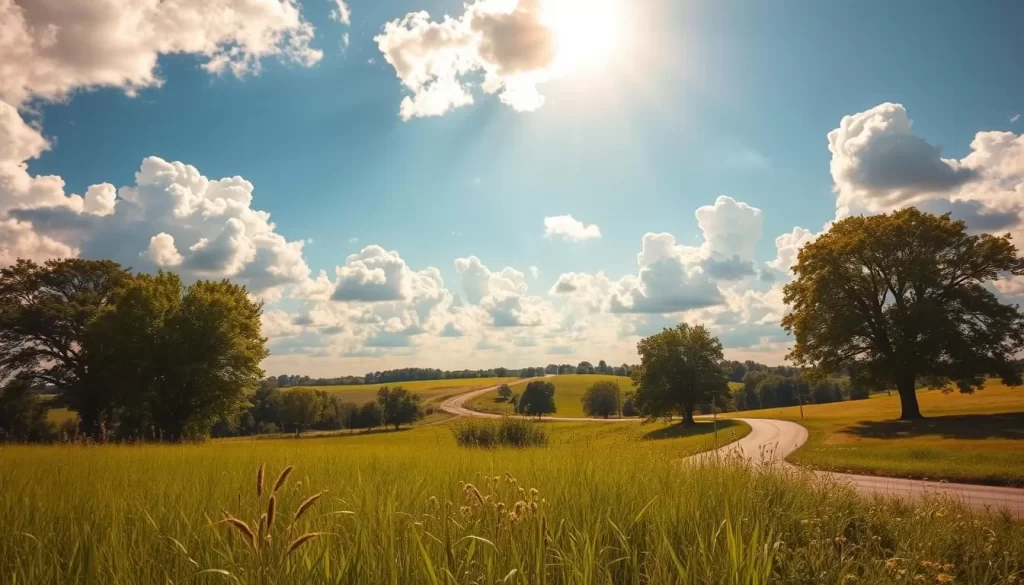
Fall: The Best Time for a Weather-Savvy Trip to Iowa
For travelers seeking a balance of comfortable weather and exciting activities, Iowa’s fall season is an ideal choice. The period from early September to late October is considered the best time to visit Iowa.
September to October Weather Benefits
The weather during this time is characterized by pleasant temperatures in the 70s°F and significantly lower humidity, making it comfortable for outdoor activities.
Fall Colors and Harvest Festivals
Iowa’s landscape transforms into a vibrant canvas of red, orange, and gold colors during the fall season. Fall harvest festivals and agricultural events provide authentic Iowa experiences, showcasing the state’s farming heritage and local culture.
Shoulder Season Advantages
As a shoulder season, fall offers the advantages of both good weather and better travel value. You’ll enjoy moderate temperatures ideal for exploring outdoor attractions and scenic byways, along with reasonable accommodation prices and fewer crowds.
- Pleasant temperatures and lower humidity make fall an ideal time for outdoor activities.
- The fall season offers a balance of comfortable weather, reasonable prices, and fewer crowds.
- Iowa’s fall foliage creates picture-perfect scenery throughout the state.
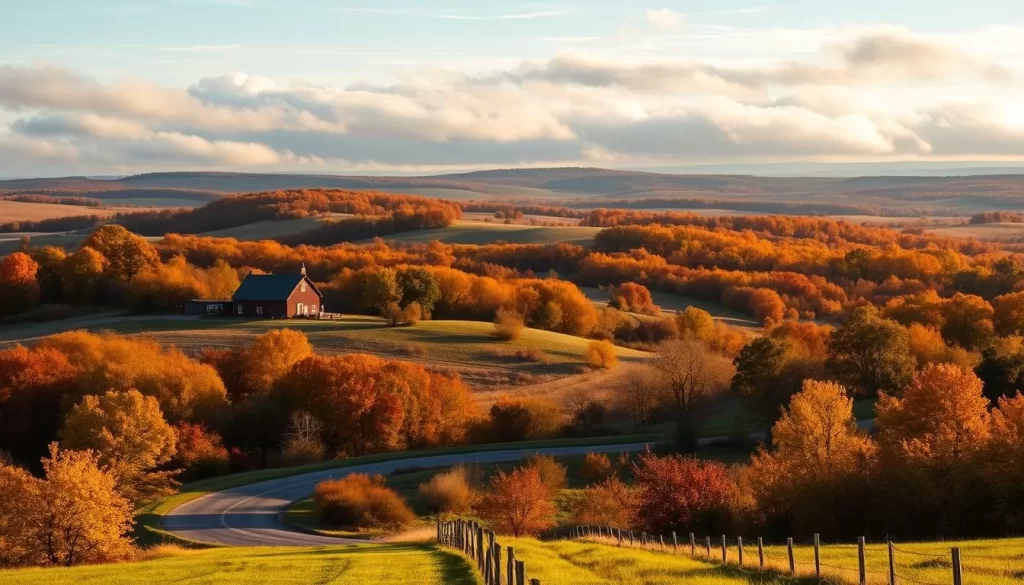
Winter and Spring: What to Expect
When planning a trip to Iowa, understanding the weather during winter and spring is crucial for a pleasant experience. These seasons bring unique challenges and opportunities for travelers.
Navigating Iowa’s Cold Winters
Iowa’s winters are cold, with temperatures often below freezing. You’ll need to prepare for cold days and nights, with the mercury sometimes dipping to -20 degrees Fahrenheit. Frequent snowstorms and blizzards are common, but this also means you can enjoy budget-friendly hotel rates and fewer tourists.
Spring’s Unpredictable Weather
Spring in Iowa is marked by unpredictable weather patterns, with temperatures warming up to the 50s and 60s by April. However, this season also brings severe thunderstorms and tornadoes. Be prepared for variable conditions.
Budget-Friendly Travel Opportunities
Despite the weather challenges, winter and spring offer unique opportunities to experience Iowa’s indoor attractions without the crowds. You’ll find significant savings on accommodations and activities during these off-peak months.
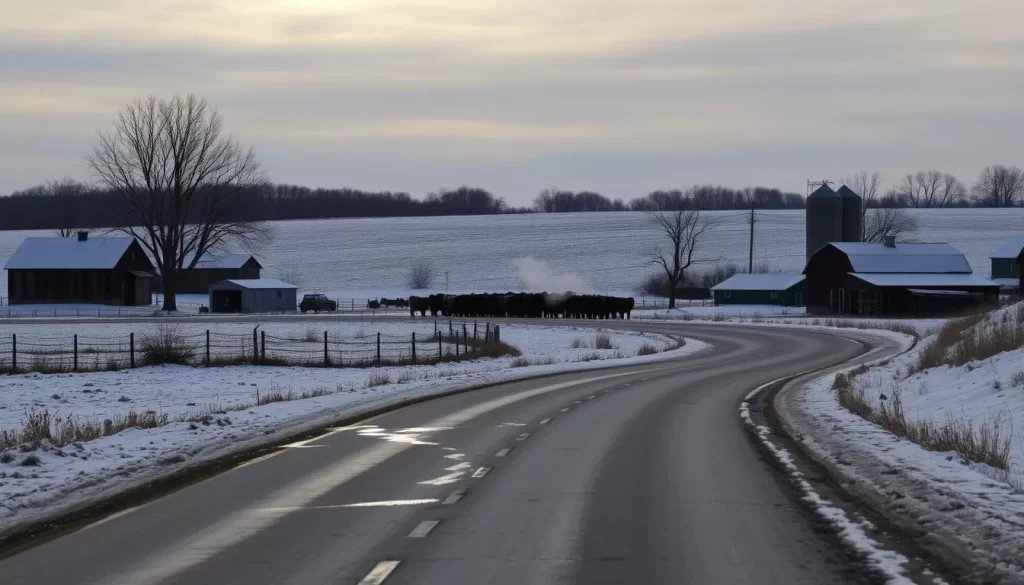
Planning Your Weather-Perfect Iowa Trip
To make the most of your Iowa trip, understanding the state’s seasonal weather patterns is crucial. The best time to visit Iowa depends on your priorities.
For outdoor enthusiasts, summer (May-August) offers ideal conditions for activities and events. If you’re on a budget, consider visiting during the winter months (November-March) for lower accommodation prices.
For a balanced experience, the shoulder seasons (April and September-October) provide moderate weather and fewer crowds. Ultimately, Iowa’s diverse climate means there’s something to enjoy throughout the year.
The above is subject to change.
Check back often to TRAVEL.COM for the latest travel tips and deals.
